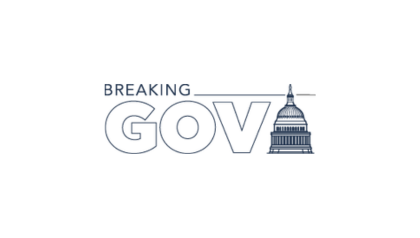
In recent years, Joint Special Operations Forces (JSOF) around the world have experienced a fair amount of growth. This growth has resulted in a rapid increase in their ranks, a boost in their budgets and an expansion of the scope of their missions.
This growth was further accelerated by the widely publicized Special Operations Forces that were used in the killing of Osama bin Laden. In a press conference from the Pentagon President Obama with Defense Secretary Leon Panetta articulated their vision of the future military.
The new vision states that “we will continue to build and sustain tailored capabilities appropriate for counter terrorism and irregular warfare.” That vision, which was reinforced in a blog post by Army Gen. Martin E. Dempsey, chairman of the Joint Chiefs of Staff, means growth for JSOF, but does that mean growth into cyber?
Secretary of Defense Panetta made it clear that the Defense Department must invest more in cyber capabilities saying, “Modern armed forces cannot conduct high-tempo, effective operations without reliable information and communication networks and assured access to cyberspace.”
While he did not mention offensive cyber capabilities you can be sure that is a critical capability that will see additional investment.
What if cyber becomes an increased focus and capability of our JSOFs?
As a general principal, our military must protect critical cyber assets while attacking the enemy’s cyber capabilities. Integrating cyber with JSOFs makes allot of sense and will only increase the weaponry and ultimately the value they provide.
Full integration of cyberspace operations into the traditional air-land-sea battle space is not an option! The covert missions carried out by JSOF are among the riskiest and are of the greatest value in the pursuit of national security.
A Joint Special Cyber Operations capability is not an option. Rather, it is a necessity in the highly contested domain of cyber space.
Kevin G. Coleman is a long-time security technology executive and former Chief Strategist at Netscape. He is Senior Fellow with the Technolytics Institute, where he provides consulting services on strategic technology and security issues.



 As chief technology officer of the Veterans Affairs Department, Dr. Peter Levin isn’t tasked with making sure that routers are maintained or seeing that the network stays up. Far from it. You could say he’s more of a technology conceptualist.
As chief technology officer of the Veterans Affairs Department, Dr. Peter Levin isn’t tasked with making sure that routers are maintained or seeing that the network stays up. Far from it. You could say he’s more of a technology conceptualist. 2011 could very well be called “Year of the Cyber Attack” given the thousands of reported and unreported hacking events. There is no doubt
2011 could very well be called “Year of the Cyber Attack” given the thousands of reported and unreported hacking events. There is no doubt  What do well-balanced information security professionals look like, and why should the government be hiring them?
What do well-balanced information security professionals look like, and why should the government be hiring them?
 It was bound to happen and it appears it has just begun – cyber burn-out.
It was bound to happen and it appears it has just begun – cyber burn-out.  Federal CIO Steven VanRoekel today announced a new set of initiatives to spur broader adoption of mobile technology for the federal government, calling 2012 “the year of mobile government.”
Federal CIO Steven VanRoekel today announced a new set of initiatives to spur broader adoption of mobile technology for the federal government, calling 2012 “the year of mobile government.”